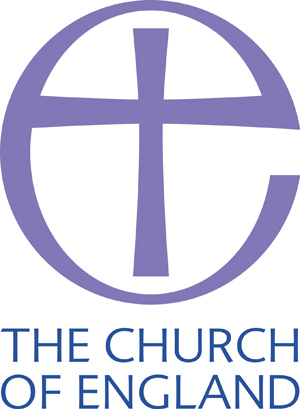Church of England
Ancient and modern roles of the Archbishop in the Church of England. The foundation of the See of Canterbury by St Augustine dates from 597, and the division of the English Church into the two provinces of Canterbury and York from 735
 Each province has a principal bishop – an archbishop who has personal authority and jurisdiction at all times as the so-called 'metropolitan'. Since medieval times each has been acknowledged as a 'primate' (ie, bishop of the first see) of the church in England, Canterbury being the acknowledged since 1353 as the senior with the title of 'Primate of All England'. (Until 1920 the Province of Canterbury, and thus the Church of England, also included the bishops and dioceses in Wales.)
Each province has a principal bishop – an archbishop who has personal authority and jurisdiction at all times as the so-called 'metropolitan'. Since medieval times each has been acknowledged as a 'primate' (ie, bishop of the first see) of the church in England, Canterbury being the acknowledged since 1353 as the senior with the title of 'Primate of All England'. (Until 1920 the Province of Canterbury, and thus the Church of England, also included the bishops and dioceses in Wales.)
As metropolitan archbishops, Canterbury and York each have the right and the obligation to confirm the election of new diocesan bishops, and to ordain all new bishops within their province.
In connection with this responsibility, the influence of both archbishops in the senior appointments has grown immensely in the last century. Alternately they chair sessions of the Crown Nominations Commission whose job it is to identify and approve candidates for appointment as diocesan bishops the Church of England. Changing circumstances and emphases have promoted greater openness, transparency and fairness to the system of appointments throughout the Church.
By ancient and regular precedent the Archbishop of Canterbury has the right to preside at the Eucharist during which he anoints and crowns a new British monarch.
In addition to these ancient roles, the archbishops of Canterbury and York have a formal role in relation to each of the (relatively modern) central institutions that govern the Church of England.
Together they are:
- Presidents of the House of Bishops - a body made up of members of the Upper House of the Convocations of Canterbury (36 bishops) and York (17 bishops), which have their origins in the medieval period. Each archbishop is president of the Convocation of his own province. Together the Upper Houses of the two Convocations (with a number of elected suffragan bishops) form the House of Bishops in the General Synod.
- Joint presidents of the General Synod - since 1970 has been the national assembly of the Church of England.
- Chairmen of The Archbishops' Council - a body which exists to provide a focus for leadership, executive responsibility and a forum for strategic thinking and planning in the Church of England.
- Members of the Board of Governors of the Church Commissioners - The Church Commissioners' investment decisions are taken by the Commissioners' Assets Committee. Since neither Archbishop is a member of this committee, they have no role in the commissioners' investment decisions.